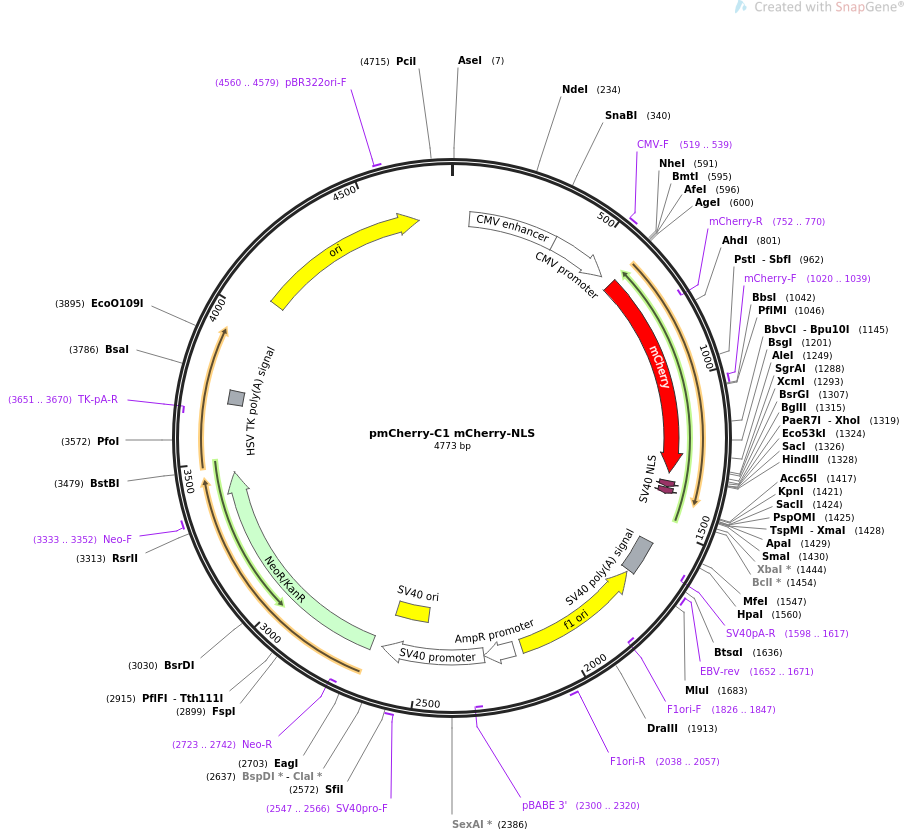

In case of the popular Cas9 system from Streptococcus pyogenes the protein can be guided to a genomic locus in a sequence-specific manner, using a single guide RNA (sgRNA) which consist of a short targeting crRNA sequence and the scaffold tracrRNA sequence. CRISPR/Cas systems consist of only two components a Cas nuclease and a programmable guide RNA. The bacterial CRISPR/Cas systems have emerged as versatile biotechnological tools 9, 10, and next to genome editing it can provide a promising alternative approach for transcriptional activation in fungi. Marker-free genome editing remains challenging, and with only a limited number of fungal selection markers available, extensive genome manipulations is a laborious task. Various methodologies have been developed for the activation of silent BGCs, including manipulation of both BGC specific as well as global transcriptional regulators, promoter-exchange, and heterologous expression in suitable host systems. Most of the BGCs are transcriptionally silent under laboratory growth conditions, therefore products of these clusters remain elusive 7. fungal antiSMASH 5, MIBiG 6) have become available for the prediction, annotation and prioritization of fungal BGCs, it has become clear that filamentous fungi have an even larger biosynthetic potential than previously anticipated.

As more fungal genomes, and bioinformatics tools and databases (e.g. Genes involved in secondary metabolism are often arranged in clusters, so-called biosynthetic gene clusters (BGCs), and these are typically regulated by pathway-specific transcription factors. On the other hand, SMs can be toxic and some SMs contribute to the pathogenicity of fungi while others contaminate food and crops 4. as antibiotics or immunosuppressants), food, agricultural and industrial sectors 2, 3. Many fungal SMs are beneficial to humankind and have a wide range of applications in human and animal healthcare (e.g. These molecules, while not intrinsically required for survival, provide a biological advantage to their host 1. This CRISPRa technology can be used for the rapid and convenient activation of silent fungal biosynthetic gene clusters, and thereby aid in the identification of novel compounds such as antimicrobials.įungi are amongst the most proliferous producers of secondary metabolites (SMs). This resulted in the production of antimicrobial macrophorins. rubens macrophorin biosynthetic gene cluster by targeting dCas9-VPR to the promoter region of the transcription factor macR. Subsequently, we activated the transcriptionally silent, native P. To demonstrate its potential, this vector was used to transcriptionally activate a fluorescent reporter gene under the control of the penDE core promoter in Penicillium rubens. dCas9-VPR was introduced, together with an easy to use sgRNA “plug-and-play” module, into a non-integrative AMA1-vector, which is compatible with several filamentous fungal species.
#Nls mcherry snapgene Activator
Herein, a nuclease-defective mutant of Cas9 (dCas9) was fused to a highly active tripartite activator VP64-p65-Rta (VPR) to allow for sgRNA directed targeted gene regulation. Here, we present a genome-editing-free, transcriptional regulation tool for filamentous fungi, based on the CRISPR activation (CRISPRa) methodology. Therefore, generic strategies for activation of these clusters are required. However, most of the responsible biosynthetic gene clusters are transcriptionally silent under laboratory growth conditions. The surge of genomic data available shows that fungi remain an excellent source for new pharmaceuticals.

Filamentous fungi are historically known to be a rich reservoir of bioactive compounds that are applied in a myriad of fields ranging from crop protection to medicine.


 0 kommentar(er)
0 kommentar(er)
